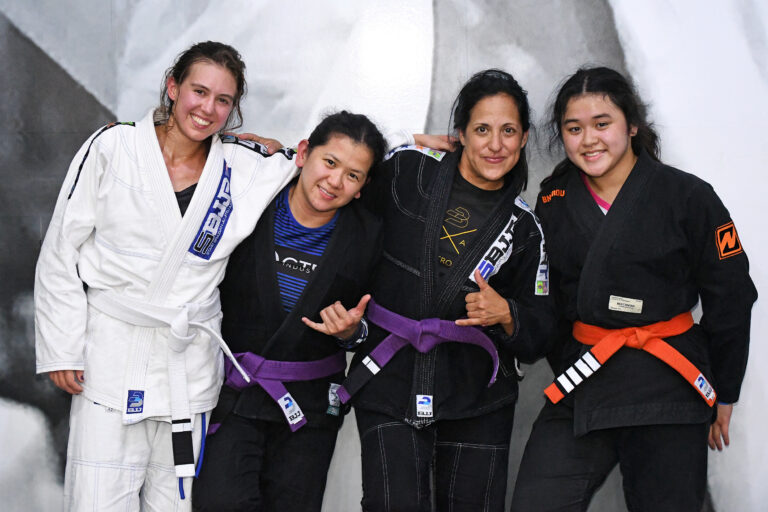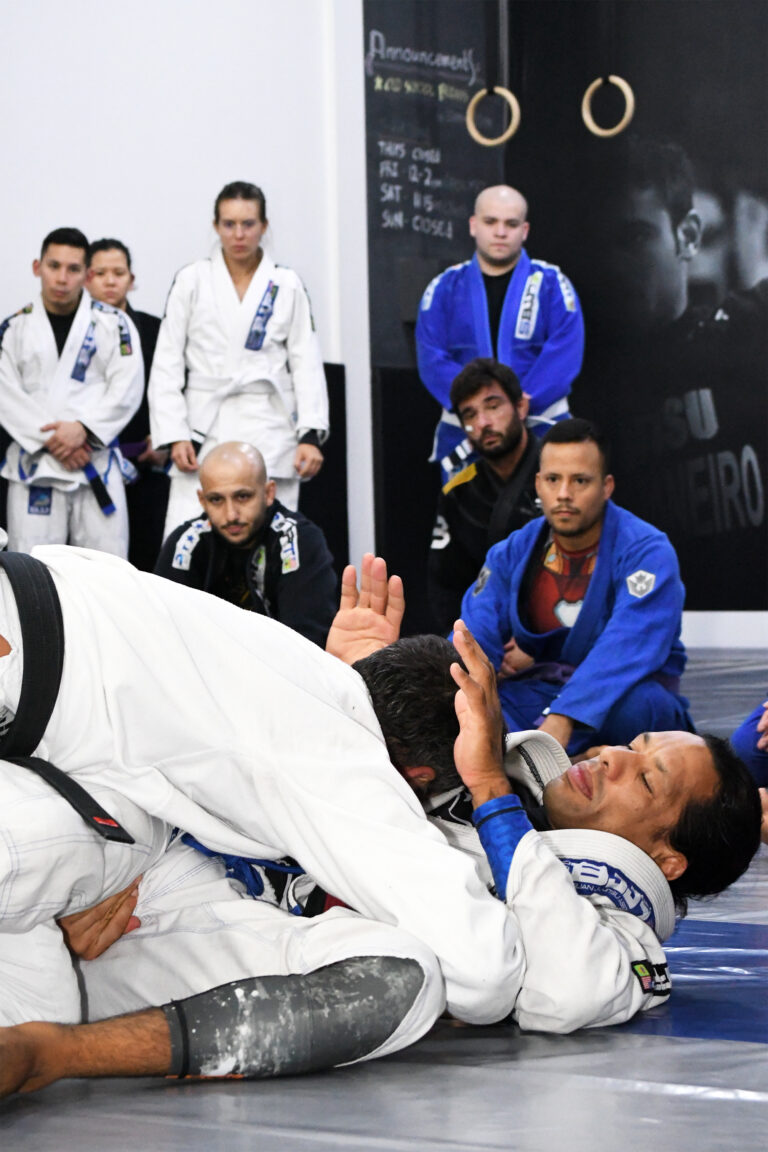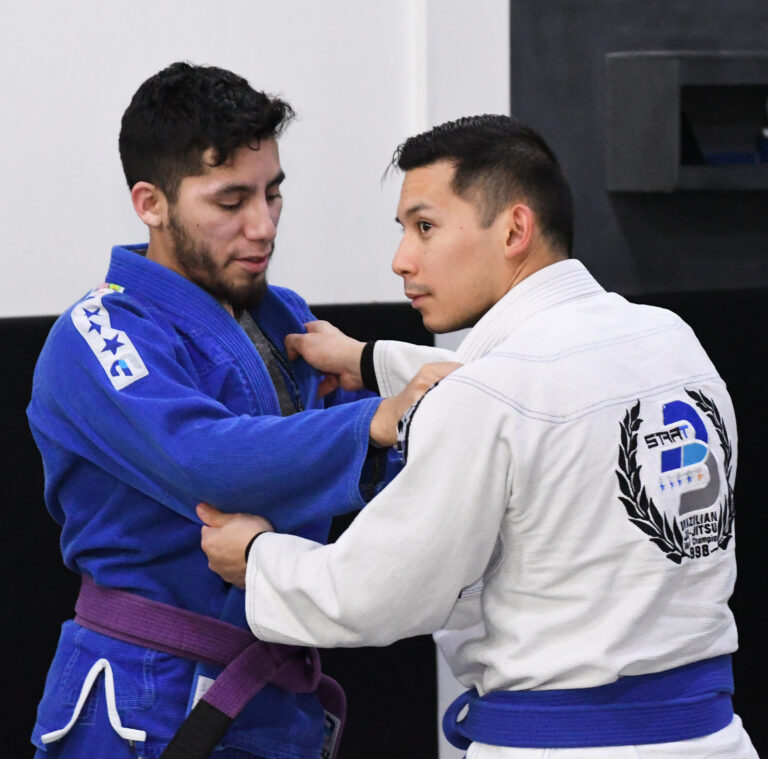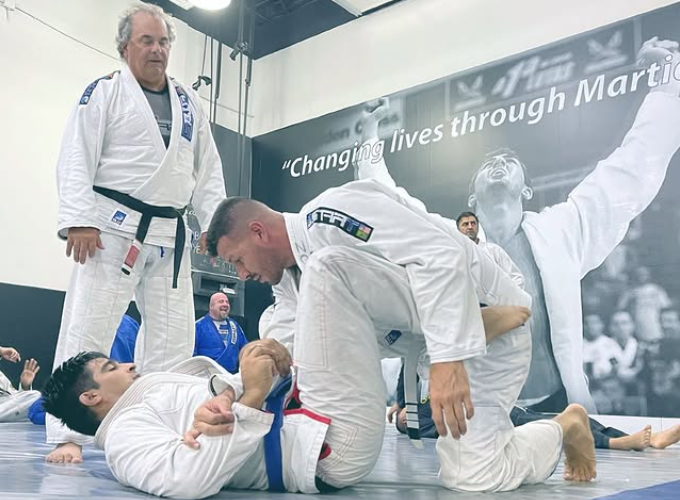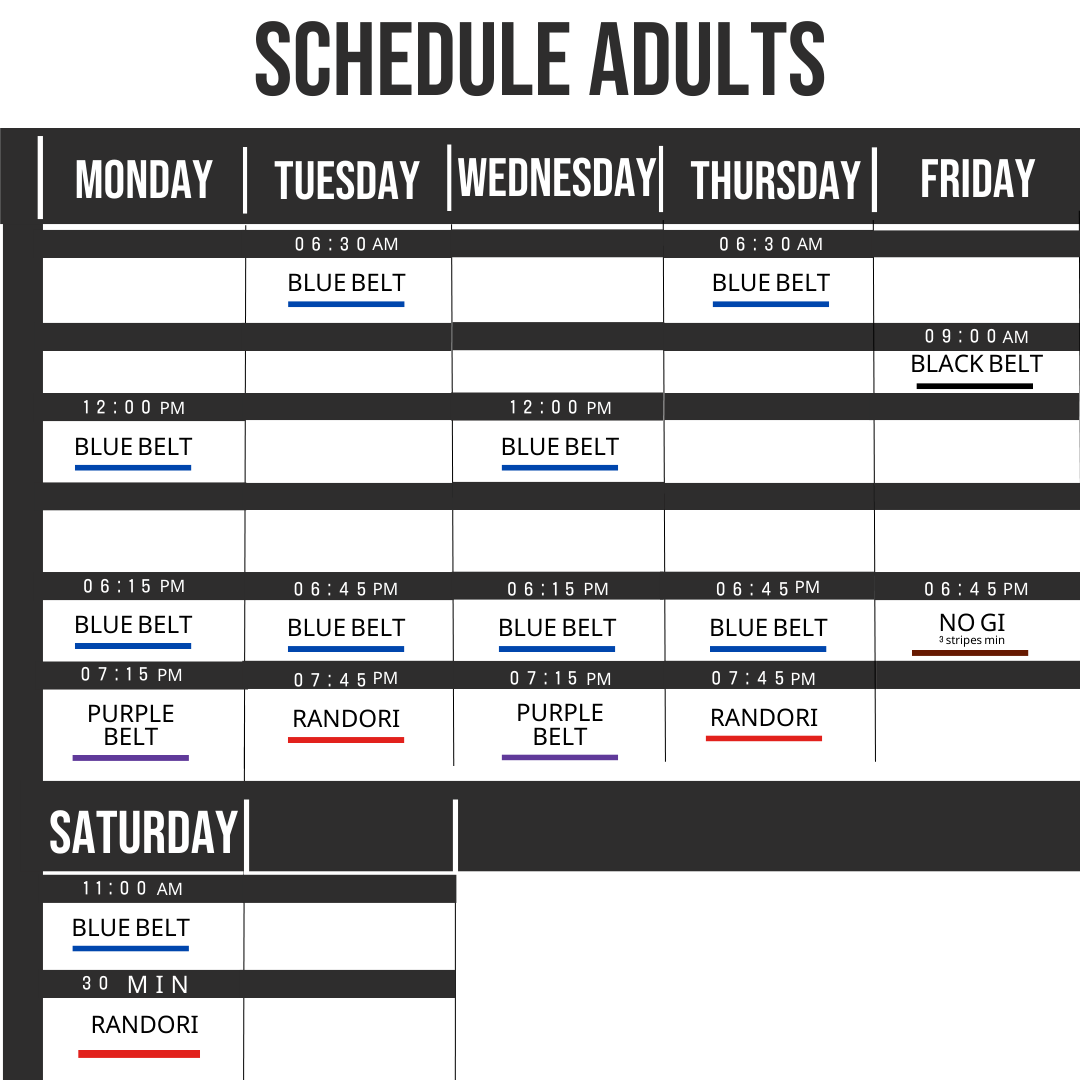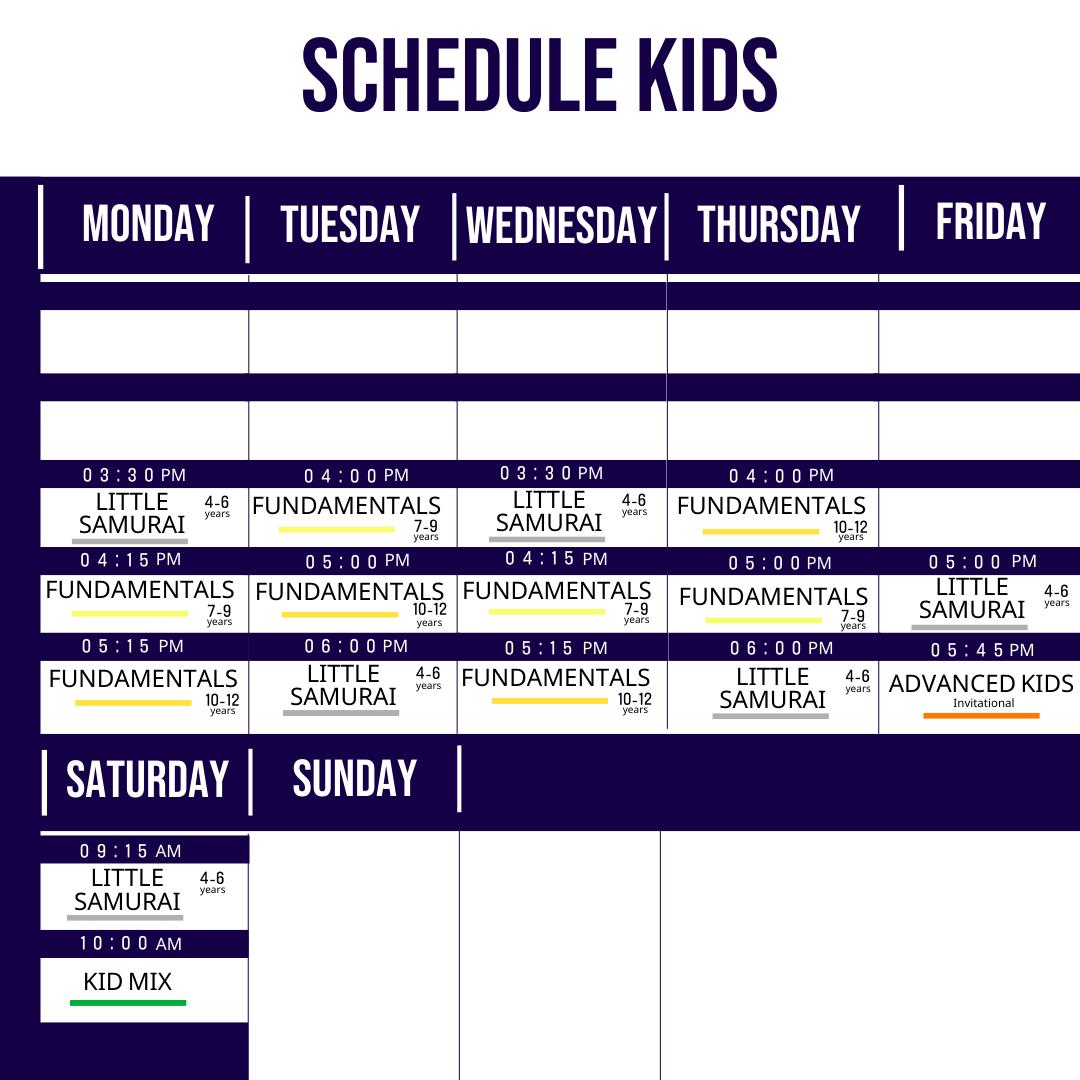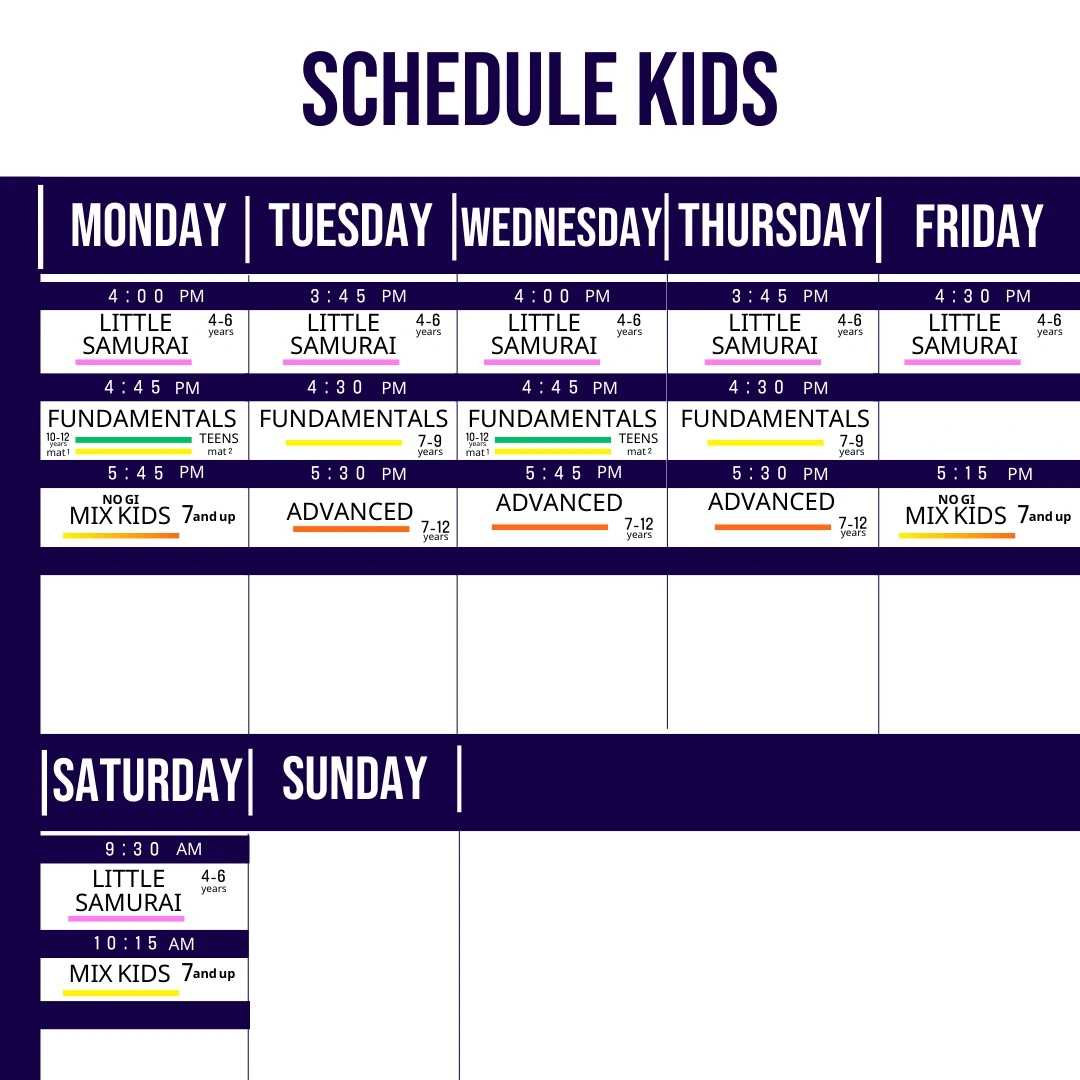5 Essential Tips to Help the Brazilian Jiu-Jitsu Blue Belt Dominate the Mats
The Blue Belt in Brazilian Jiu-Jitsu (BJJ) is one of the most exciting and challenging milestones in a grappler’s career. It means you’ve developed a solid foundation, you know the names of the positions, and you can defend yourself against a novice. However, this rank often comes with the dreaded “Blue Belt Blues”—a phase where progress seems to stall, and the gap between you and the higher belts feels insurmountable.
Brazilin jiu jitsu in pembroke pines
1. The Mindset Shift: Focus on Quality Over Quantity
As a white belt, your goal was to accumulate knowledge. As a blue belt, your goal must be to refine that knowledge. Stop chasing every new technique you see on Instagram. Instead, focus your energy on what you already know.
Positional Sparring Mastery
Random rolling (free rolling) is fun, but positional sparring is the blue belt’s secret weapon. It eliminates the chaos of a full match and allows you to hyper-focus on one weak area or one specific goal.
Isolate Weaknesses: If your guard passing is weak, start 80% of your rolls from your opponent’s guard. Your only goal is to pass, reset, and pass again.
Drill Entries: If you want to use the Armbar from Mount, dedicate a round to starting in Mount, attempting only the Armbar, and then resetting. This repetition cements the entry details under pressure.
Positional sparring forces your mind to work in problem-solving mode, rapidly accelerating your technical retention and application. This is how you transition from knowing a technique to owning a technique. If you are serious about mastering BJJ techniques, dedicated positional training is non-negotiable.
The 3-Move Rule
The BJJ curriculum is vast. As a blue belt, you need to simplify. Choose one dominant position (e.g., Closed Guard, Half Guard, or Lasso Guard) and select three techniques that flow directly from it:
A Sweep.
A Submission.
A Transition to a better position (e.g., taking the back).
Dedicate at least 6 months of focused training to making these three moves instinctive from your chosen position. When you feel stuck, default back to your 3-Move Rule. This drastically reduces mental processing time during a roll.
2. Define and Drill Your Cohesive A-Game
A black belt does not have 50 great moves; they have 3 or 4 great sequences they can execute against anyone. The blue belt phase is where you start building your A-Game—a systematic, connected sequence of moves that suits your body type and athletic ability.
Analyze Your Body Type and Strengths
Your A-Game should leverage your physical attributes:
Tall/Lanky? Focus on long-range attacks like the Triangle Choke, Spider Guard, or high-percentage wrestling like the Single Leg Takedown.
Shorter/Stocky? Focus on deep pressure passing, Over/Under Pass, Half Guard, and strong top control.
Athletic/Fast? Focus on rapid transitions, frequent positional changes, and dynamic submissions like the Berimbolo (if you’re feeling adventurous) or explosive stand-up.
Trying to play a high-flying guard game when you have short legs will be an uphill battle. Be honest about your natural strengths and align your BJJ classes for advanced practitioners accordingly.
The A-Game Flowchart
Your A-Game should be a continuous flowchart:
Entry: How do you get to your primary position (e.g., Takedown → Top Half Guard)?
Control: How do you stabilize and prevent your opponent’s escape? (e.g., Head and Shoulder control in Half Guard).
Attack 1 (Primary): Your highest percentage move (e.g., The Old School Sweep).
Attack 2 (Reactionary): What is the counter-move when the opponent defends Attack 1? (e.g., If they block the sweep, transition to the back take).
This is a technical chain. The Blue Belt’s job is to make that chain unbreakable.
3. Re-Master the Fundamentals You Forgot
Many students feel that advanced Jiu-Jitsu means learning advanced techniques. In reality, advanced BJJ is simply mastering the fundamentals to an advanced degree. Blue belts often get caught in simple errors because they stopped drilling basic movements after their promotion.
Perfecting Base and Posture
Your foundation is everything. If you are constantly losing balance or getting your posture broken, no advanced submission will save you.
Guard Posture: Spend time in your partner’s closed guard with the singular focus of maintaining perfect posture and preventing their breaks. Learn to fight grips with minimal energy.
Top Control Base: When passing or in side control, check your base. Are your knees too far out? Is your head lower than your partner’s head? These small details create heavy, crushing pressure that even purple belts struggle with.
Guard Recovery and Hip Escapes
Your ability to recover your guard is your survival card. Drill your Hip Escape (Shrimping) until you can do it without thinking, under pressure, and in all directions.
Goal: Drill Hip Escapes for 5 minutes straight, back and forth, moving up the mat. Then, drill the movement needed to transition from having your guard passed back to half guard or full guard.
Dedicate time every week to these seemingly simple movements. They save energy and prevent positional losses. Training in a structured environment like Start Jiu-Jitsu in Pembroke Pines ensures you never neglect these basics.
4. Leverage the Mental Game and Community
The mental obstacles at blue belt—frustration, comparison, and perceived stagnation—are often tougher than the physical ones. Use your academy and peers as tools for growth.
Seek Targeted Feedback
Stop asking your coach, “What should I work on?” This is too vague. Instead, ask for specific, actionable feedback immediately after a roll:
Specific Question: “When I attempted to pass their guard, they immediately got an underhook. What was the critical mistake I made with my hip position right before that?”
Specific Question: “I keep getting submitted with this choke. Can you show me the exact grip break or escape detail I’m missing in the first two seconds?”
Specific questions lead to specific answers. This focused feedback will directly impact your next roll, providing immediate improvements. Access to expert BJJ instruction is key during this pivotal rank.
Teaching is Learning
Take the time to help a newer white belt with a fundamental concept—a proper breakfall, a closed guard setup, or a basic sweep. When you teach, you are forced to break down the mechanics, explain the why, and articulate the principles clearly.
You will invariably find holes in your own knowledge when attempting to explain it to someone else. By helping the community grow, you solidify your own understanding and build a stronger foundation for the upper ranks.

5. Embrace the Process and Train Consistently
The biggest tip for any blue belt is consistency. The difference between a blue belt that quits and one that earns a purple belt is typically only about six months of consistent mat time and a small adjustment in training strategy. You have already done the hardest part: surviving the white belt phase.
Discover Start Jiu-Jitsu Pembroke Pines
If you are ready to take control of your development and advance with purpose, there is no better time than now to commit to a focused training schedule. Schedule your first BJJ class with intention at Start Jiu-Jitsu in Pembroke Pines today and start dominating your next rolls!


